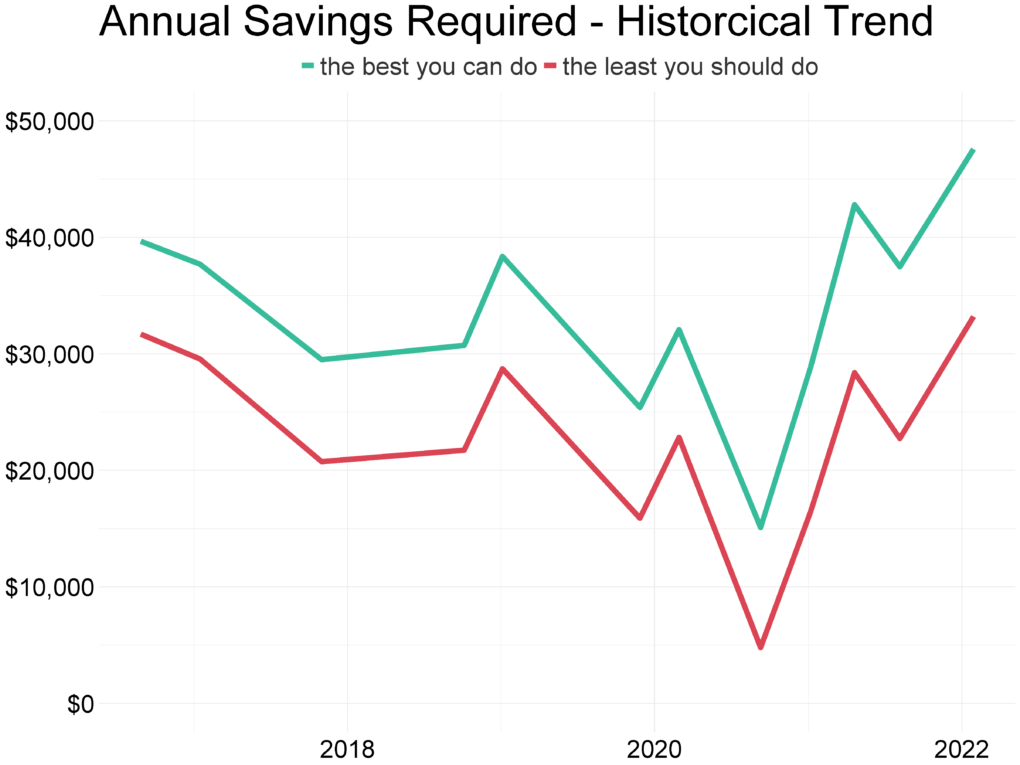President Dwight D. Eisenhower was once quoted saying that in preparation for a battle, I have always found that plans are useless but planning is indispensable.
There is no perfect plan but that does not mean we do not plan.
I like simplicity which means that that 50-page binder you get from that neighborhood finance guy is out the door. Your plan should be so simple and yet comprehensive enough that a 5-minute glance at it and you know what is going on with your money.
That is the design we build into the plans you receive and a big part of the inspiration behind that comes from a book called The One-Page Financial Plan by Carl Richards. The essence of the book, as the title implies, is to help clients’ focus on the right things by distilling the incredibly complex into the elegantly simple, all the while stressing on the value of ongoing planning over the one-time creation of a financial plan.
Ongoing planning is the key phrase there. Life circumstances change, markets evolve, your savings rate ebbs and flows – all these impact your plan. It must account for all of that and more.
An ever-evolving plan though does not mean it has to change every day. There are tools out there that can provide real-time updates, at least for the portfolio side of your plan but that is way overkill.
In fact, it is behaviorally detrimental because now, you’ll be receiving anxiety and euphoria inducing micro-second level updates on what is supposed to be a decades-long game.
So apart from nip-tucking the portfolio here and there that feeds into your plan to keep it within its pre-defined guardrails, any more effort and we make things worse.
But there might still be gaps and that is what I wanted to get to. Take a goal like saving for retirement as an example. There are two kinds of gaps we track there. The first kind is based off the required annual savings rate that is fundamental to your plan. That is derived from –
- The present value of all your investments at any given point in time.
- And the amount of money you will spend each year, adjusted for inflation, during retirement.
Running out of money before running out of time is the biggest fear retirement savers have so the estimated required savings rate has a built in conservatism to account for longevity and sequence of returns risk. You meet the required savings rate goal and everything and I mean everything falls in place.
We usually track a couple different income scenarios to afford some optionality during retirement which then means you’ll see savings rate curves like these…
These curves are the most important data points in your plan. It tells you how the required savings rates have trended historically and where you are today. You want to see these curves stay flat or trend down and there are only two ways to make that happen –
- If the markets and consequentially your portfolio do better than planned. That’s possible but that’s not in our control because factors like a portfolio’s composition, prevailing interest rates, the health of the global economy etc. decide that fate.
- What is very much in your control is how much you save each year. So, if you see these curves perk up, you know what to do.
During the early part of your wealth building journey, it is the savings rate that makes all the difference so save early and often.
The second kind of gap we track is more structural and that relates to how your portfolio is divvied up between different categories of investments. A diversified portfolio means that there will always be some investment category that is temporarily underperforming so that will induce a gap from the desired portfolio targets.
We fill that gap in the temporarily underperforming investment category with new money that feeds into your plan. But there are situations where contributions to your retirement plan at work is all you can do so we go looking to fill that gap in say your 401(k).
And more often that not, we don’t find that investment in your lineup there. Or if we do, that investment choice would be so egregiously expensive that it would be better to leave that category unfilled than to repopulate it in your plan.
Or we rebalance and fill that gap outside of your workplace retirement plans but that involves selling investments that have done well in taxable accounts and buying the ones that have not. Selling means capital gains and capital gains means taxes so again, not something we’d want to do.
Worst case, we leave that gap as is and use the dividends that trickle in here and there to fill that up over time as much as possible. I don’t see not being able to fill the portfolio gap as that big of a deal than not being able to meet the required savings goal. But if you can do both, it means you’ll be buying investments that are temporarily marked down which then means that when they eventually mean revert, you’ll be set sooner than planned.
By failing to plan, you will be planning to fail so plan you must. You meet the key defining metrics that are part of your plan and the rest is all icing on the cake.
Thank you for your time.
Cover image credit – Elina Sazonova, Pexels


